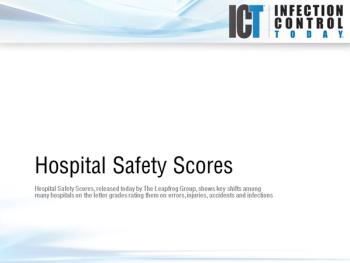
News


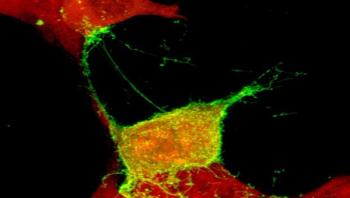
The Ebola virus acts fast. The course of infection, from exposure to recovery, or death, can take as little as two weeks. That may not leave enough time for the immune system to mount an effective response. The goal of some antiviral therapies, therefore, is to buy more and give the immune system a leg up on the virus. A new study led by Bruce Freedman and Ronald Harty in the Department of Pathobiology of the University of Pennsylvania School of Veterinary Medicine demonstrates a way to do that, by reducing the ability of the virus to exit a host cell and spread. Their work showed that blocking a calcium-signaling pathway could inhibit not only the Ebola virus, but also Marburg, Lassa and Junin viruses, all sources of deadly infections.






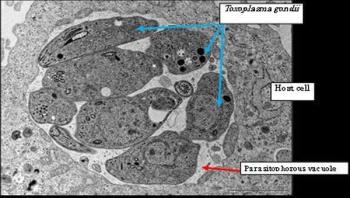
Toxoplasma gondii is a common parasite which causes the development of fatal encephalosis or pneumonia in immunodeficient patients under treatment of AIDS or cancer. Pregnant women who are infected may suffer a miscarriage or the newborn child may suffer from a congenital disease. Currently, a toxoplasma vaccine for humans is not available. Using experimental animals such as mice, basic research for developing an inactivated vaccine is underway.
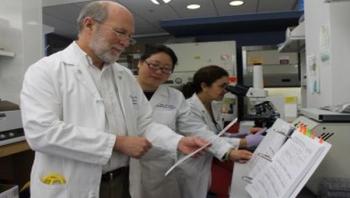
Saint Louis University’s Vaccine and Treatment Evaluation Unit has received a five-year, $5.8 million contract from the National Institutes of Health to support an “omics” research initiative to study the safety and effectiveness of vaccines and other ways to fight infectious diseases.
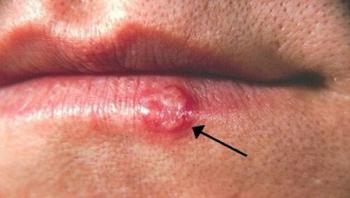







Bacteria have many methods of adapting to resist antibiotics, but a new class of spiral polypeptides developed at the University of Illinois targets one thing no bacterium can live without: an outer membrane. The polypeptides, which are short protein chains, act as bacterial hole-punchers, perforating the bacterial membrane until the cell falls apart. The antimicrobial agents are dressed for their mission in a positively charged shell that lets them travel in body fluids, protected from interacting with other proteins, and also attracts them to bacterial membranes. Led by U. of I. materials science and engineering professor Jianjun Cheng, the researchers published their findings in the Proceedings of the National Academy of Sciences.


An analysis of one hundred coffees sold in Spain has confirmed the presence of mycotoxins -toxic metabolites produced by fungi. In addition, five of the samples that were tested were found to contain ochratoxin A, the only legislated mycotoxin, in amounts that exceeded maximum permitted levels. While the authors point out that these results are not alarming, they do recommend assessing the risk that exposure to mycotoxins from coffee poses to the general public. They also suggest reviewing production processes in order to reduce the levels of these natural contaminants in coffee.


